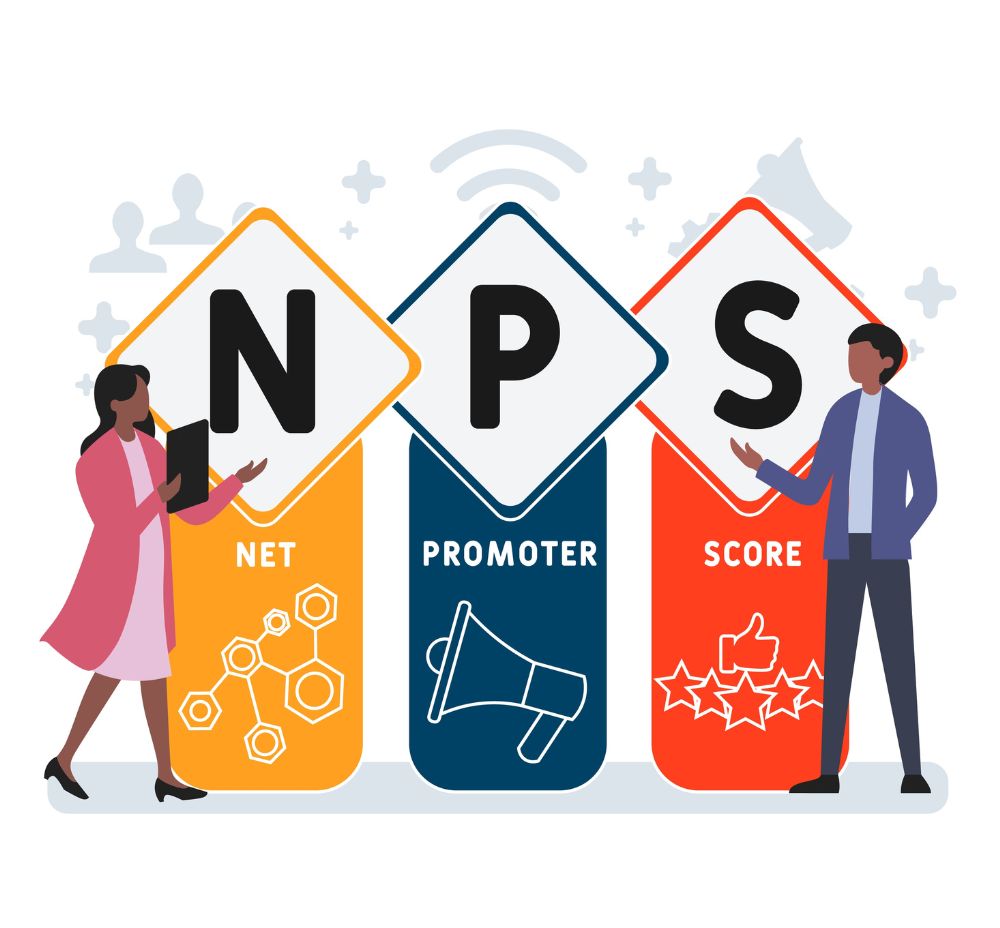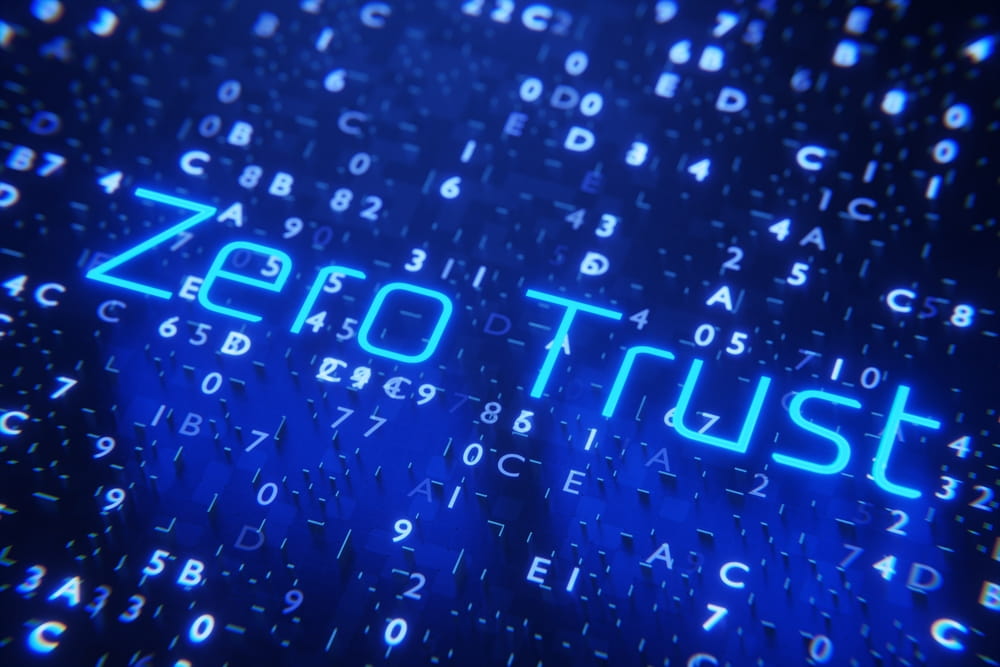Org charts served their purpose in simpler times, but the demands of today’s digitally disrupted business environment require a more robust solution. A modern operating model addresses the gaps left by the org chart and empowers organizations to innovate and deliver value to customers. In this guide, we explore the key differences between org charts and operating models, the limitations of the former, and the transformative potential of a modern, efficient framework.
What is an Org Chart?
An org chart is a visual representation of a company’s hierarchical structure. It outlines reporting relationships, decision-making authority, and roles within an organization. It clarifies accountability and communication channels so employees understand who reports to whom.
While org charts effectively define hierarchy and foster accountability, they fall short when applied to broader organizational goals. They lack the depth to illustrate workflows, customer value delivery, and cross-functional collaboration. As businesses evolve, the limitations of org charts have become increasingly evident, particularly when addressing complex customer journeys or aligning teams with strategic objectives.
What is an Operating Model?
An operating model goes beyond hierarchy to define how a business delivers value to its customers. It is a framework for aligning processes, technology, people, and governance in the organization’s strategy and value proposition.
Unlike the static org chart, an operating model is dynamic and adaptable, designed to guide decision-making and execution while maintaining alignment between strategy and day-to-day operations.
At Accelare, we use the Hi-Def Operating Model. It incorporates customer journeys, enterprise capabilities, and strategic objectives into a unified framework. Our model fosters agility, innovation, and end-to-end accountability. With it, we help organizations navigate immense complexities and deliver exceptional value to customers.
Is It Time to Retire The Traditional Org Chart?
The org chart’s utility is limited when it becomes the default lens for strategic planning. Here’s why:
- Fragmentation and Silos: Org charts compartmentalize activities within departments, often leading to disjointed customer journeys and misaligned objectives.
- Stifled Innovation: The hierarchical structure can hinder creativity and agility, as decisions must navigate multiple layers of approval.
- Blind Spots: Org charts focus on internal relationships, often overlooking external factors like customer needs, competitive dynamics, and industry trends.
- Misaligned Strategy: Strategic initiatives, when based on the org chart, often lack cohesion, creating inefficiencies and missed opportunities.
Retiring the org chart doesn’t mean discarding it entirely but rather shifting its role to support, not define, strategic planning.
Why Move to a More Modern Operating Model?
A modern operating model addresses the limitations of the org chart by providing a holistic framework for delivering value. Here’s why businesses are making the shift:
- Unlock Agility: Modern operating models prioritize adaptability, enabling businesses to respond quickly to market changes and emerging opportunities.
- Develop a Customer-Obsessed Focus: A modern operating model aligns capabilities with customer journeys, ensuring that every process contributes to delivering exceptional customer experiences.
- Improve Collaboration: Breaking down silos fosters cross-functional teamwork so initiatives can be accessed seamlessly across departments.
- Align Operations and Strategy: A modern operating model ties day-to-day operations directly to strategic goals so resources are allocated productively.
Key Components of a Modern, Efficient Operating Model
Building a modern operating model requires integrating several key components:
- Customer Journey Mapping: Identify and design workflows around key customer interactions to ensure a seamless and consistent experience across touchpoints.
- Enterprise Capability Mapping: Define and align the capabilities (processes, technology, people) needed to deliver on your value proposition.
- Governance Mechanisms: Establish clear decision-making frameworks for accountability and goal alignment.
- Technology Enablement: Leverage digital tools, automation, and analytics to improve processes.
- Continuous Improvement: Adopt iterative practices like agile methodologies to refine processes and adapt to changing customer needs and market conditions.
Move to a Hi-Definition, Modern Operating Model with Accelare
Accelare specializes in helping organizations transition to modern operating models that drive agility, innovation, and customer satisfaction. With the Hi-Def Operating Model, businesses gain a structured framework to:
- Align Strategy with Execution: Use tools like enterprise capability mapping and generative AI to bridge the gap between high-level goals and day-to-day operations.
- Break Down Silos: Foster collaboration and communication across departments to create a unified approach to value delivery.
- Leverage Advanced Tools: Utilize platforms like ServiceNow to integrate workflows, automate processes, and monitor performance in real-time.
- Focus on Customers: Redesign operations around the customer journey so that every interaction adds value.
By adopting Accelare’s Hi-Def Operating Model, your organization can retire outdated practices and embrace a modern framework that positions you for sustained success in a competitive marketplace.
To begin, take our free, 4-minute Digital Disruption Assessment.











